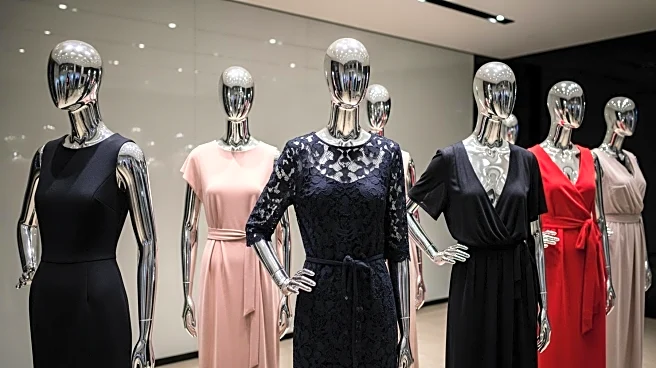What's Happening?
Play kitchens, a staple of childhood toys, have evolved significantly to reflect broader cultural and aesthetic trends. Historically marketed primarily to girls, these toys are now designed to be gender-neutral, mirroring societal shifts towards inclusivity. Modern play kitchens offer a wide range of customization options, from aesthetic choices like herringbone backsplashes to functional features such as sound effects and running water. This evolution is part of a broader trend in the toy industry to reflect contemporary cultural values and tastes, as well as to support various aspects of childhood development.
Why It's Important?
The transformation of play kitchens highlights significant cultural shifts in gender roles and consumer preferences. By moving towards gender-neutral marketing, the toy industry acknowledges and supports changing societal norms regarding gender and domestic roles. This shift also reflects a broader trend towards inclusivity and diversity in consumer products. Additionally, the emphasis on customization and aesthetic appeal in play kitchens mirrors adult consumer trends, indicating how children's products can influence and reflect broader market dynamics.
Beyond the Headlines
The evolution of play kitchens also raises questions about the role of toys in childhood development and cultural education. As these toys become more sophisticated, they offer opportunities for children to engage in imaginative play that mirrors real-world activities, potentially influencing their understanding of domestic roles and cultural diversity. This trend also underscores the impact of social media in shaping consumer preferences and product design.










